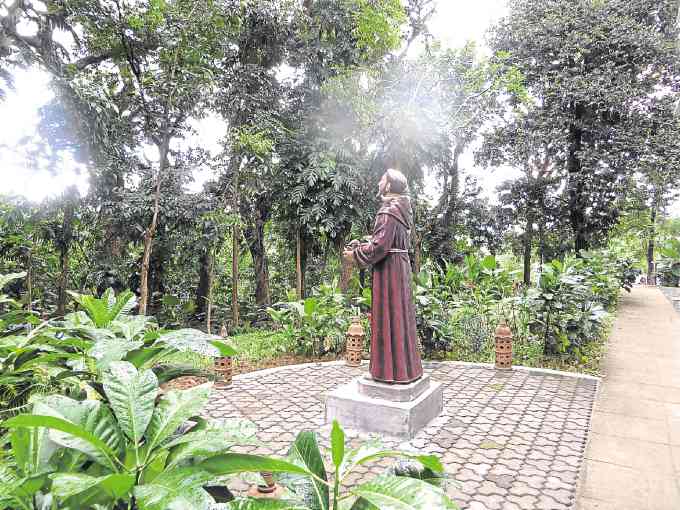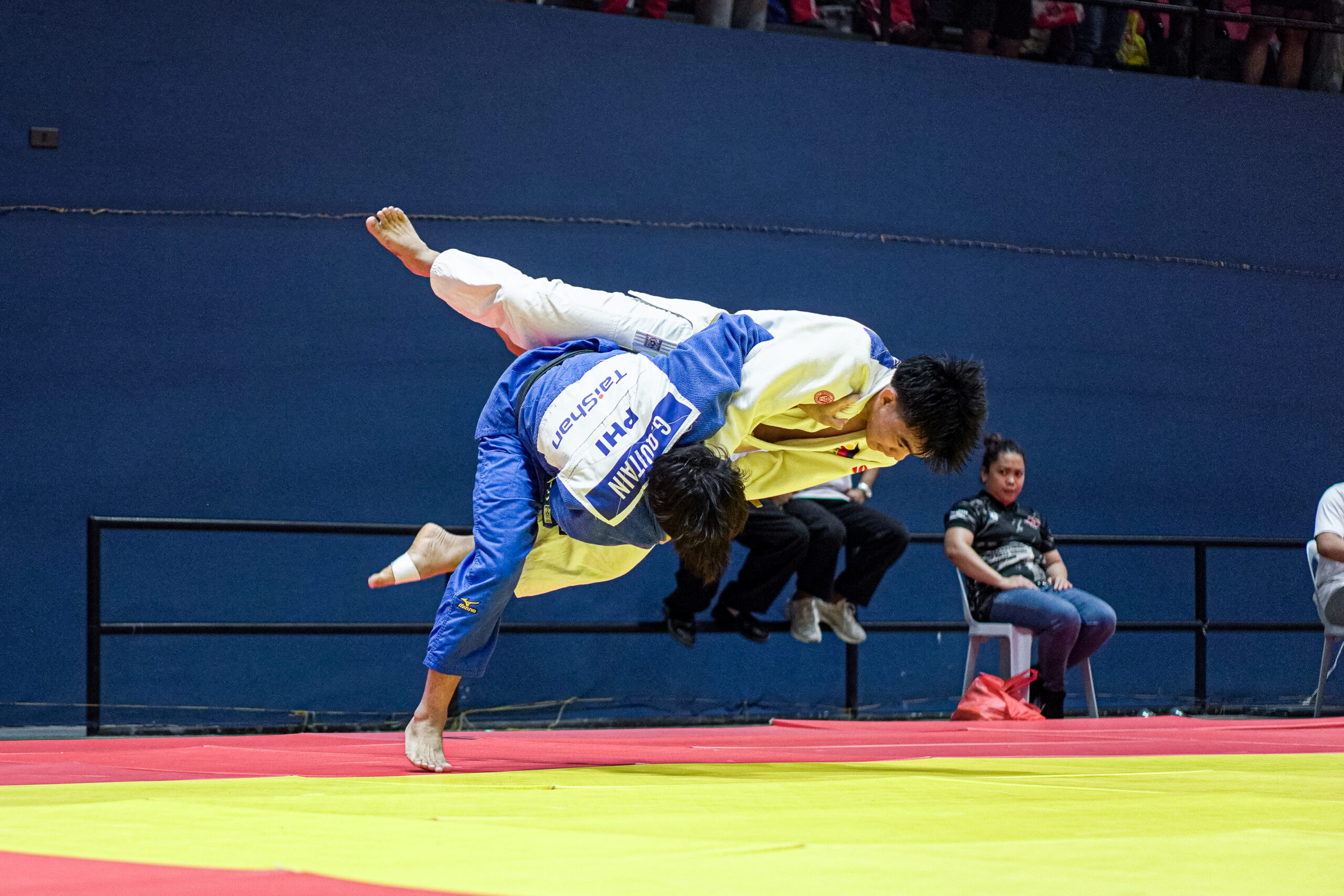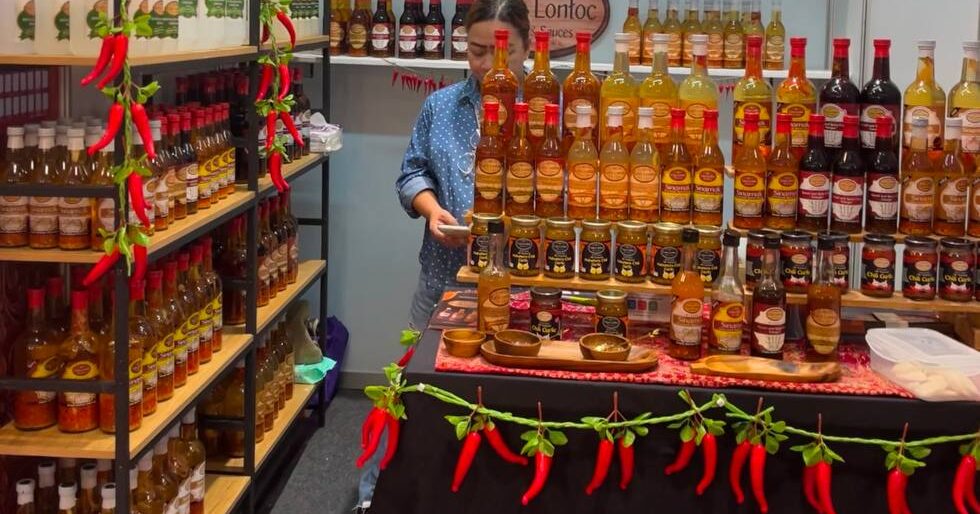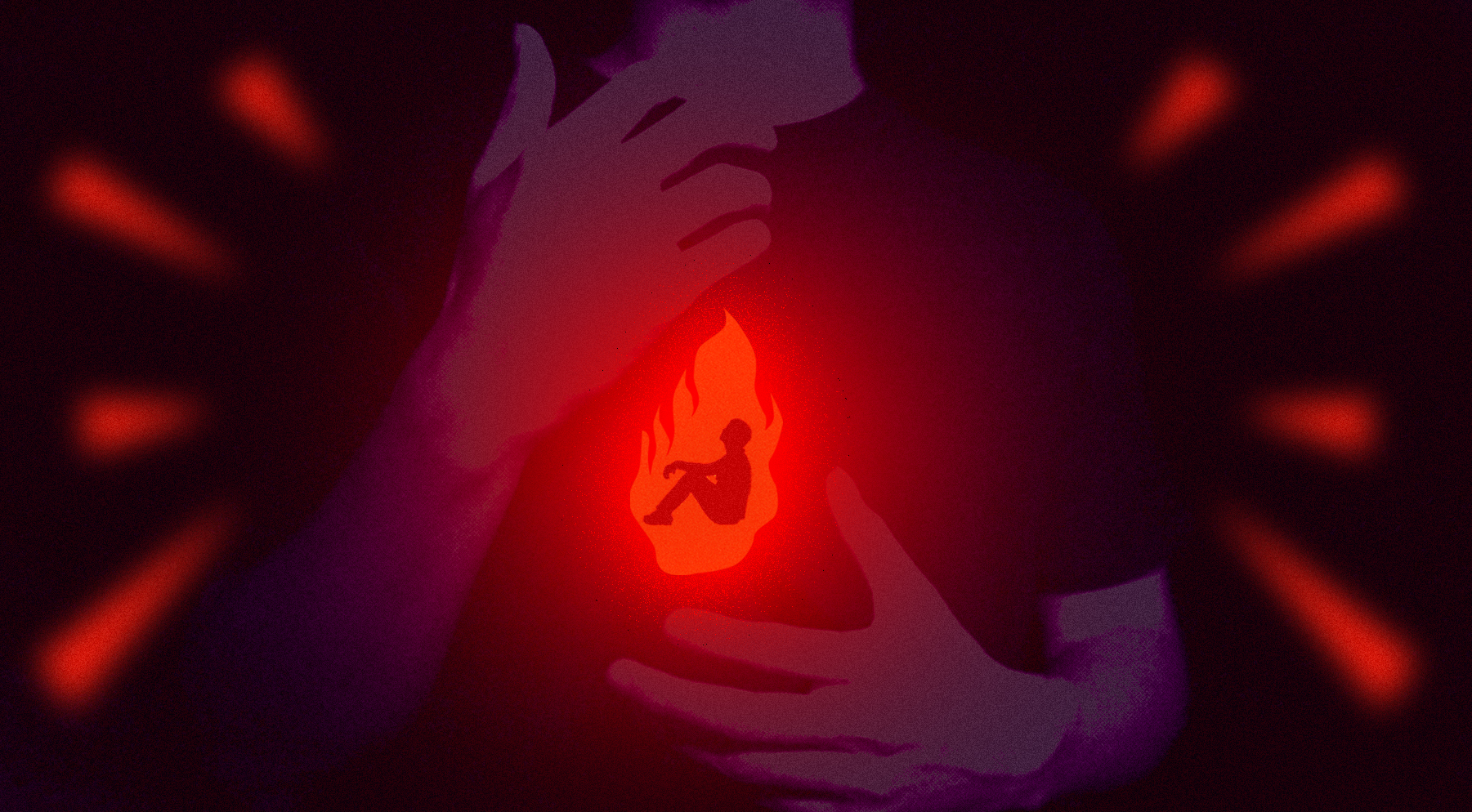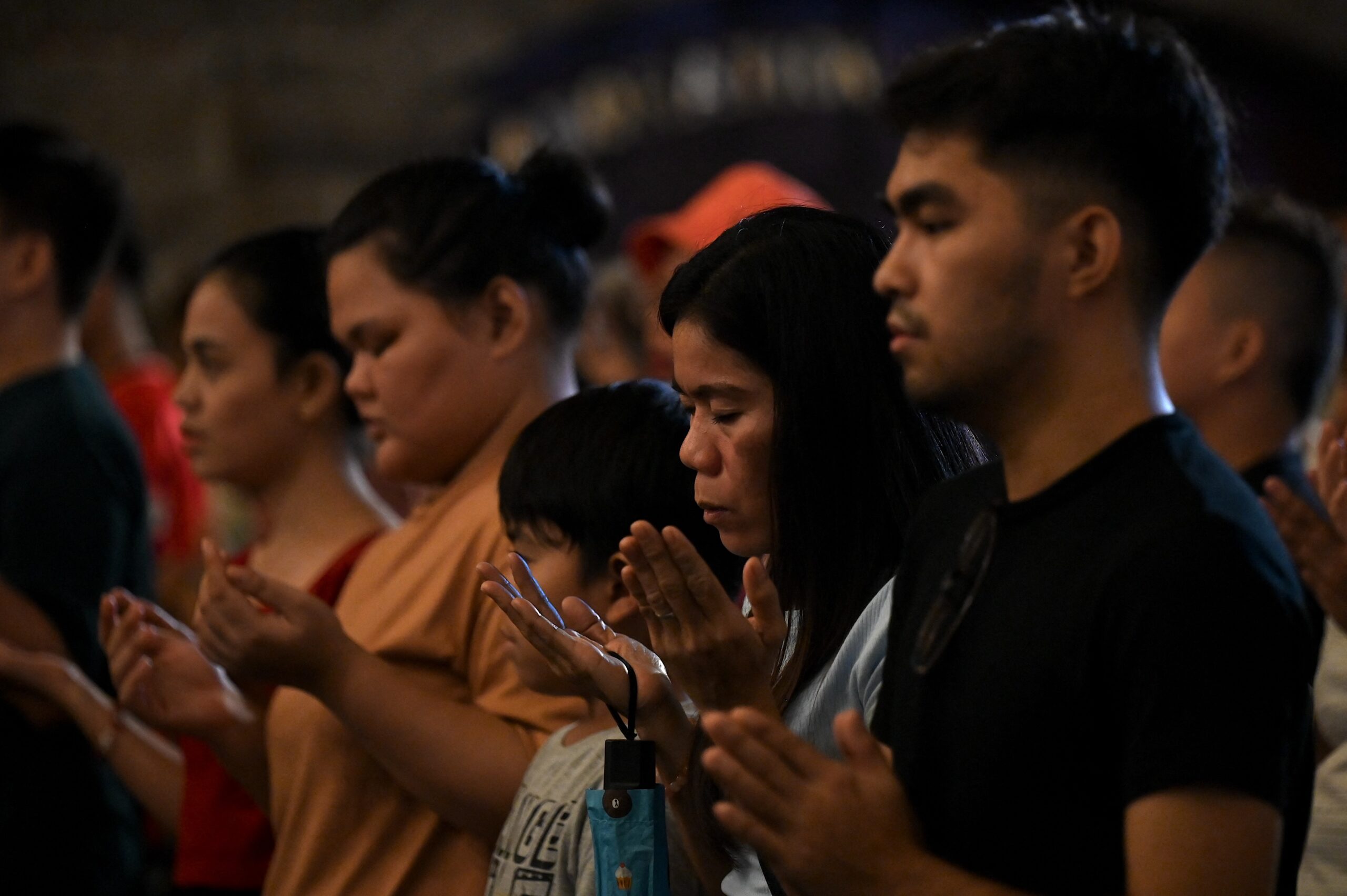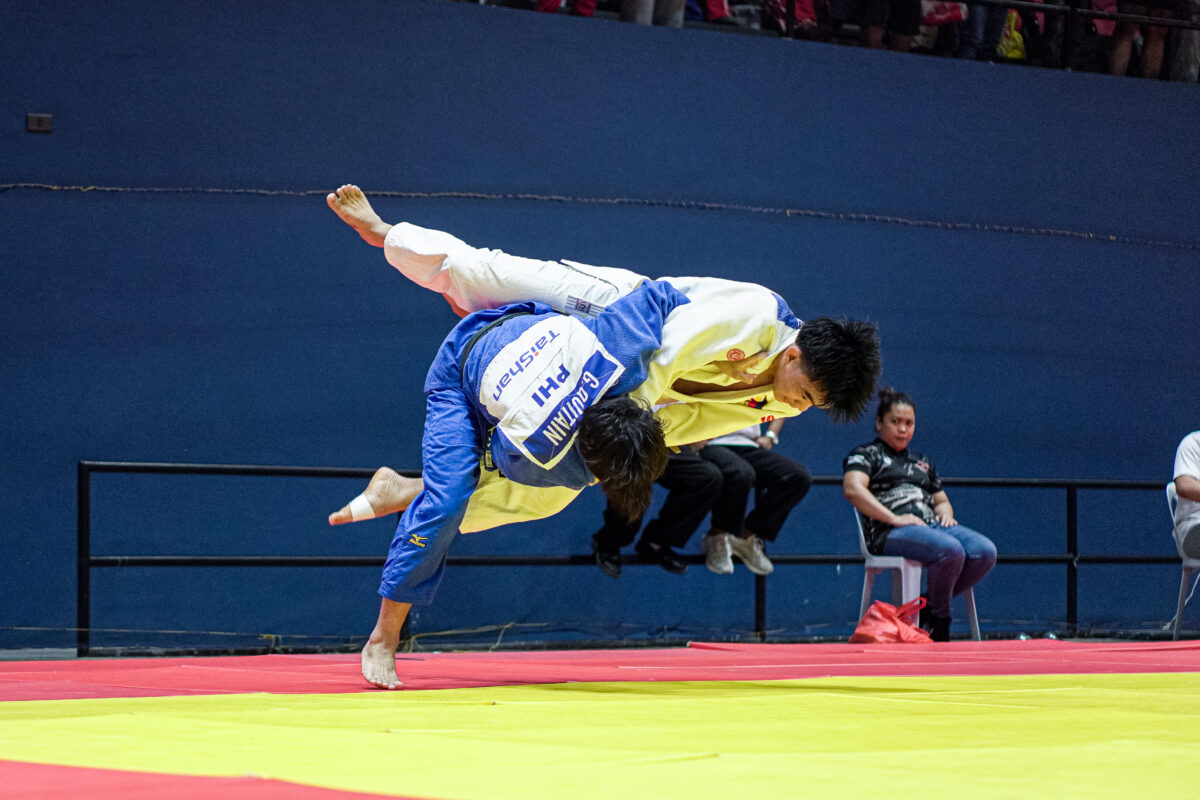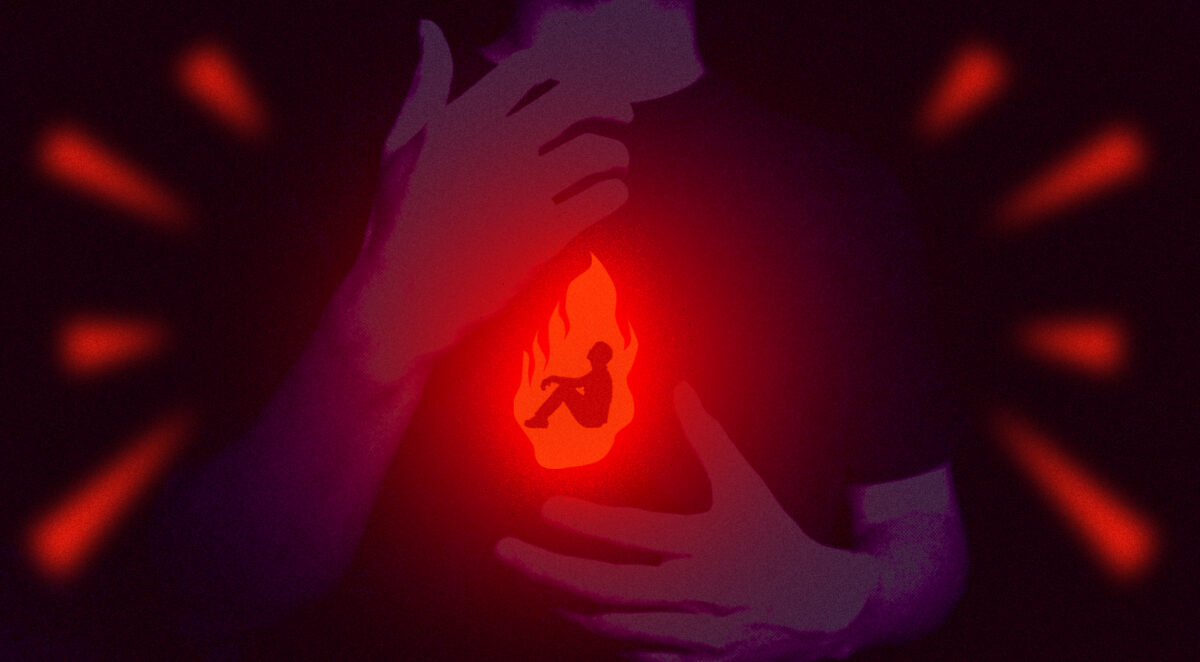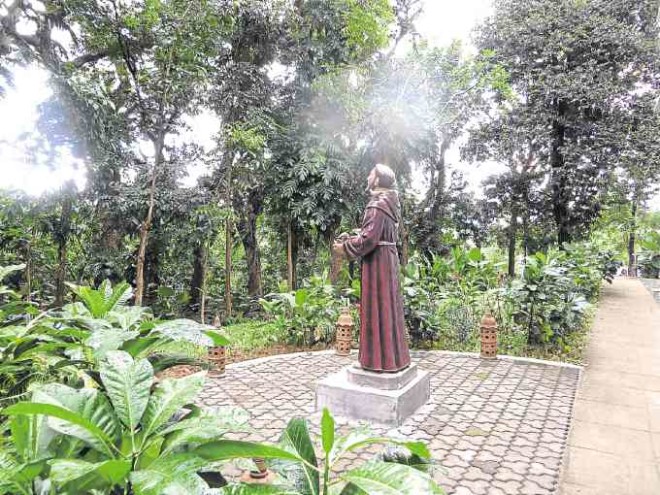
Hidden in the undulating edge of a hill and laid out under a leafy bower is a patch of green and quiet.
Here one can walk, sit or pray with an attitude of waiting, or simply be at home with one’s self, the surroundings and the landscape beyond. Or one can think things out or grapple with the weight of the universe.
Laudato Si Terrain, Garden of Spirituality and Sustainability, is named after “Laudato Si,” (Praise be to You), Pope Francis’ encyclical letter “on care for our common home.”
The garden-terrain is situated at the Loyola School of Theology (LST) within the Ateneo University in Quezon City.
In his encyclical, the Pope began with words from St. Francis of Assisi’s canticle: “Praise be to you, my Lord, through our Sister, Mother Earth who sustains and governs us, and who produces fruit with colored flowers and herbs.”
The garden-terrain is perhaps a little more than 1,000 sq m and might be considered an afterthought in the 100-ha school campus, but an afterthought it is not. It holds its own in silence, but speaks about the history of Western Christian spirituality.
Protagonists
Says LST president Fr. Jose Quilongquilong SJ, “Recognizing the intimate relationship between ecology, human development and the Christian tradition which provide the spiritual itinerary of Christian experience, LST has incorporated within the garden-terrain the major protagonists in the history of Western spirituality. They are Saints Benedict of Nursia, Francis of Assisi, Dominic de Guzman, Teresa of Avila and Ignatius of Loyola.” The biggies, so to speak.
Spread out in the garden are the bigger-than-life statues of these founders of the major religious orders, except the one of Ignatius, which is in the Cardoner Square in the LST administration building. There, Ignatius is shown in a kneeling position while contemplating images in a pond. Beside the statues are important facts on the lives of each one.
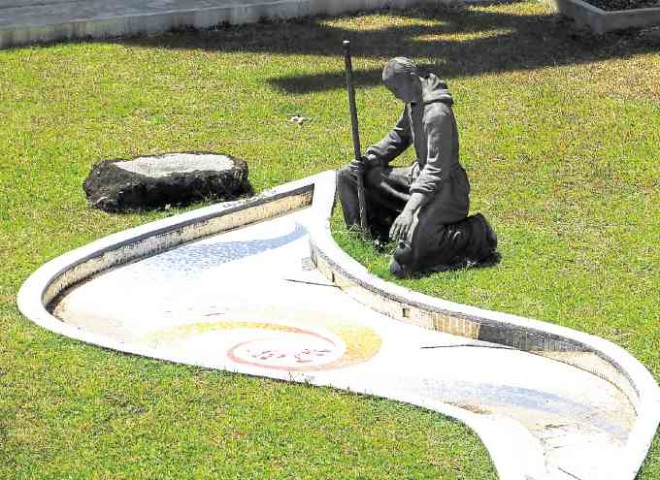
But not to fret about the word “western” in “Western spirituality.” Following Pope Francis’ exhortation on the importance of dialogue with other cultures and traditions in shaping the future of Planet Earth, a Zen garden was included in the terrain at the March 22 launch of Sacred Springs, a Dialogue Institute of Spirituality and Sustainability in LST. On it is a tori gate often seen in Buddhist temples and a small fountain surrounded by pebbles.
At the tori gate, there was a reunion of sorts of some of the Ten Outstanding Students of yesteryears: Sonia Malasarte Roco, Archbishop Antonio Ledesma (a Jesuit), Edna Zapanta Manlapaz and Sr. Vicky Palanca, ICM.
Along the terrain’s pathway, one can pause for a rest on benches, do a little reading or momentarily still one’s body and soul. Or look out into the valley, look up to the tall trees and, through the boughs, to the sky.
Vicarious experience
So that the reader may have a vicarious experience of the terrain, here are some facts on the five biggies of the Catholic Church:
Benedictine spirituality: St. Benedict, abbot (480-547) was born in Nursia, Italy, educated in Rome and, later, chose to live a solitary life in a cave in mountainous Subiaco.
He organized a monastic life in 12 monasteries. The monks who joined him devoted themselves to prayer and work (ora et labora). In the great abbey of Monte Cassino which he founded, Benedict wrote his Rule, which wonderfully combines the Roman genius with the monastic wisdom of the Christian East. He was proclaimed Patron of Europe by Pope Paul VI because of his influence on the formation of Christendom in the Middle Ages. His feast is July 11.
Mendicant spirituality: St. Dominic de Guzman (1170-1221) was born in Calaruega, Spain. He worked to uproot the Albigensian heresy. He was known for his learning and love of poverty. He founded the Order of Preachers (Dominicans). His feast is on Aug. 8.
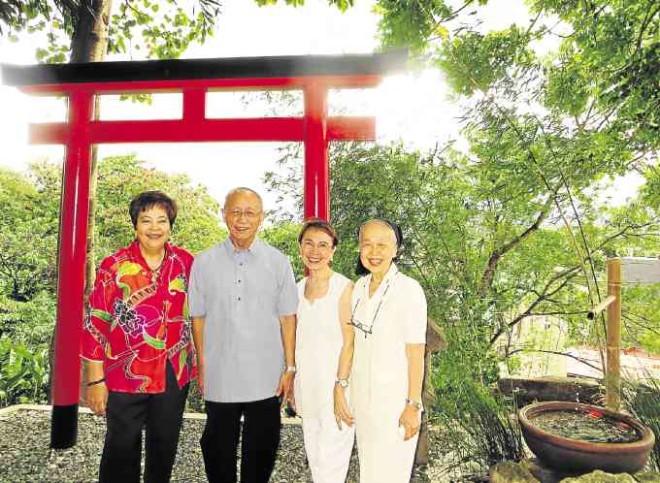
St. Francis of Assisi (1182-1226) was born in Assisi, Italy. He preached and lived a life of poverty and charity. He founded the Franciscans in 1209. With St. Clare, he founded the Order of the Poor Clares in 1212, and a third lay order in 1221. His feast is on October 4.
Carmelite spirituality: St. Teresa of Jesus, virgin and doctor of the Church (1515-1582) was born in Avila, Spain. She reformed the Carmelite order with the help of St. John of the Cross.
In the years following the Council of Trent, she contributed greatly to a renewal of the entire ecclesiastical community. Declared the first woman doctor of the Church in 1970, St. Teresa represents the “feminine genius” in the history of Christian spirituality. Her feast is on Oct. 15.
Ignatian (Apostolic) spirituality: St. Ignatius of Loyola (1491-1556) was born in Loyola, Spain, became a soldier, was wounded in battle and while recuperating, was so inspired by two books on the lives of saints and the life of Christ that he decided to devote his life to Jesus Christ.
He studied in Barcelona, Alcala and Salamanca and went to Paris for theology studies. There, in 1535, he gathered his first followers and with them, in Rome, founded the Society of Jesus (Jesuits). The order is dedicated to God, to the service of the Church and in total obedience to the Pope. His feast is on July 31.
Loyola School of Theology hopes that the Laudato Si Terrain becomes a place of communion for those who love and care for our common home, Planet Earth.
As Pope Francis wrote in Laudato Si: “In the meantime, we come together to take charge of this common home which has been entrusted to us, knowing that all the good which exists here will be taken up into the heavenly feast.”

